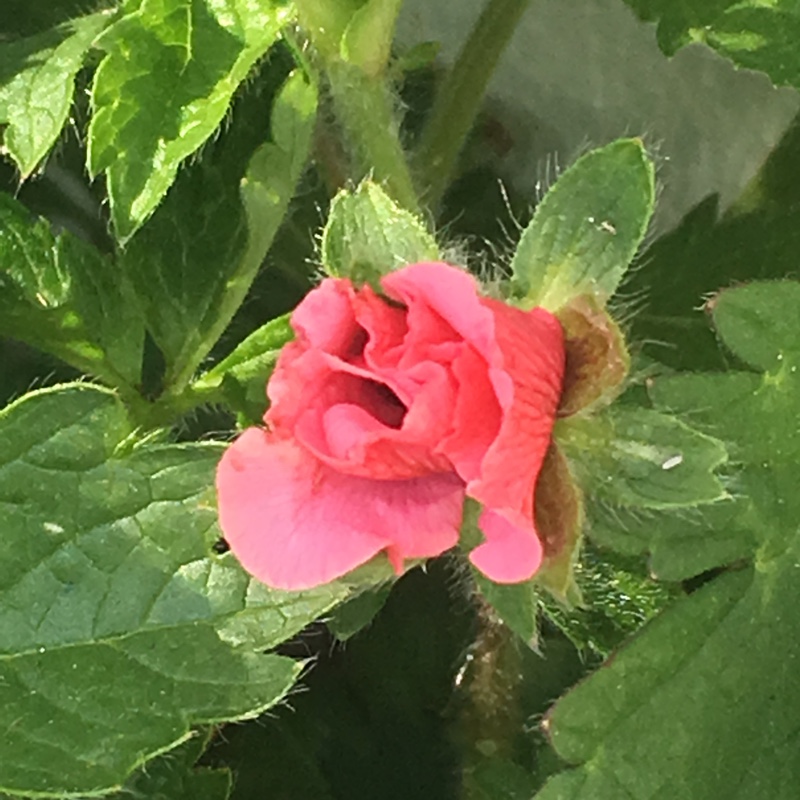
Potentilla nepalensis 'Miss Willmott'
Potentilla 'Miss Willmott'
Potentilla nepalensis 'Miss Willmott' is mound-forming, with dark green strawberry-like foliage and clusters of cup-shaped pink flowers with dark centres, from early Summer
Contributed by @londongardener
-
Full sun
-
Occasional watering
-
Full Frost Hardy: 5F (-15°C)
-
Free draining and fertile
Common name
Potentilla 'Miss Willmott'
Latin name
Potentilla nepalensis 'Miss Willmott'
type
Herbaceous Perennials
family
Rosaceae
ph
5.0 - 7.5 Acid - Neutral
Plant & bloom calendar
-
Best time to plant
-
When the plant will bloom
full grown dimensions
 0.35 M
0.25 M
0.35 M
0.25 M
Potentilla nepalensis 'Miss Willmott'
Potentilla nepalensis 'Miss Willmott' is mound-forming, with dark green strawberry-like foliage and clusters of cup-shaped pink flowers with dark centres, from early Summer
Flowering
From Late Spring TO Mid Autumn
Potentilla flowers freely through the summer, often well into autumn. Cut back flower stems, except for P. fruticosa varieties, as flowers fade.
Planting
From Late Autumn TO Early Spring
Plant from autumn to spring in any moderately fertile and well-drained soil except P. crantzii, P. cuneata and P. nitida, which need a gritty, poor soil if they are to produce a good display of flowers. All potentillas prefer a sunny situation.



















